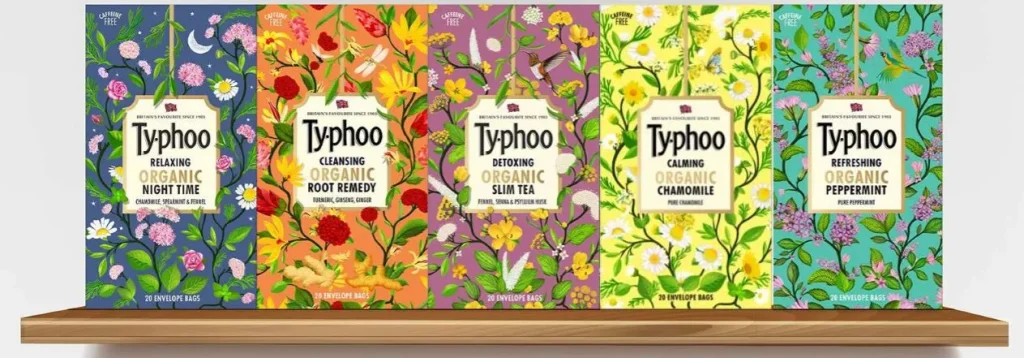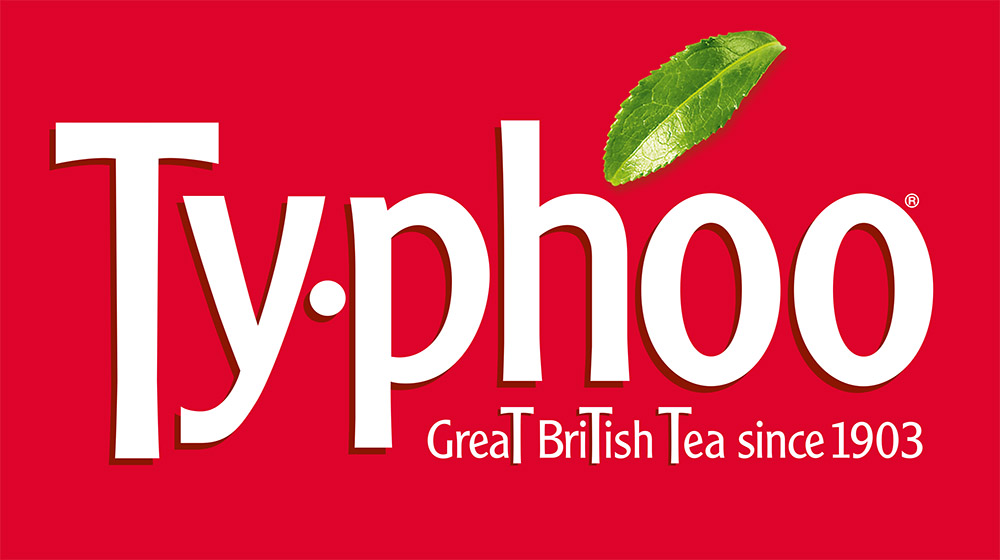Sian Conway-Wood, a communications strategist specializing in purpose-led branding, examines how Typhoo’s well-intentioned rebrand backfired — and what marketers can learn from its downfall.
It all started with a slogan: Fear Free Tea.
The campaign aimed to confront sexual violence in the tea supply chain — boldly placing the issue on packaging, in advertising, and at the core of the brand’s new identity. Two months later, the 120-year-old company entered administration.
While many factors contributed — supply challenges, financial strain, and falling sales — the rebrand symbolized a deeper issue. A historic, comfort-driven brand mistook moral messaging for emotional connection. It replaced familiarity with confrontation and forgot the emotional purpose that tea fulfills.

Tea isn’t just a beverage; it’s a moment. It’s comfort after stress, a gesture of care, or simply part of daily rhythm. Turning that moment into a prompt for trauma reflection was a fundamental misreading of consumer psychology.
The strategists behind Fear Free Tea may have thought a pause for tea was the perfect time for moral reflection. But most people don’t drink tea to think deeply — they do it automatically, seeking reassurance and calm. For a product built on habit, safety, and ease, an intense message creates friction instead of connection.
The result? Dissonance.
A slogan about fear and violence became the dominant message on packaging — the first thing customers saw when reaching for a box. Instead of comforting associations, the design introduced emotional tension in spaces meant for relaxation: kitchens, break rooms, and office counters.
This mismatch between product purpose and message intent turned an act of calm into a potential trigger. A tea break isn’t when people expect to be confronted with trauma — it’s when they look for relief from it.
Research in behavioral science shows that products win long-term loyalty when they’re easy to recognize, emotionally positive, and low-effort to choose. If consumers feel uneasy enough to hide the box or switch brands, even subconsciously, that’s a fatal marketing flaw.
The campaign also made another classic mistake: raising awareness without giving people a clear way to act.
Consumers don’t want guilt — they want agency. If you tell them something is wrong but don’t offer a tangible way to make it right, you create helplessness. Psychologists call this “cognitive dissonance,” and the easiest way to relieve it is to disengage.
Instead of inspiring empowerment, Fear Free Tea left shoppers feeling uncomfortable and powerless. The likely result? Avoidance, not advocacy.
And contrary to what marketers hoped, few people were likely to “start conversations” about sexual violence over a cup of tea. In most social settings, tea time is a neutral ritual — a pause from seriousness, not an invitation to it. The campaign broke an unspoken social contract: tea is supposed to comfort, not confront.
Within the marketing world, though, the campaign earned praise. It was hailed as brave, progressive, and purpose-driven — but it was designed for peers, not the public. It played well on professional platforms but fell flat at the point of purchase.

That’s the danger of creating for applause instead of action.
Effective purpose work doesn’t live in award submissions; it lives in consumer behavior. And when a message demands emotional labor from people seeking comfort, it’s doomed to fail.
Meanwhile, competing brands took the opposite route — leaning into humor, warmth, and nostalgia. While Typhoo was asking consumers to contemplate global issues, its competitors were reminding them why they loved the product in the first place. Research consistently shows that humor and familiarity increase emotional connection, recall, and purchase intent. Laughter builds affection — and affection drives sales.
The lesson? Consumers don’t want every product to solve the world’s problems. Sometimes they just want it to do what it promises — and make them feel good while doing it.
Purpose has a place in marketing, but it should support the brand’s promise, not replace it. Tea’s promise is comfort. By disrupting that emotional anchor, Typhoo undermined its very reason to exist.
The brand’s biggest misstep wasn’t its values — it was its misunderstanding of context. Purpose messaging belongs where reflection makes sense: documentaries, social campaigns, or long-form storytelling. Not on a box of teabags next to the kettle.
In trying to make tea more meaningful, Typhoo stripped it of its meaning entirely. It traded reassurance for discomfort and lost the emotional trust that had carried it for generations.
And in the end, a brand built on calm collapsed under the weight of its own conscience.







